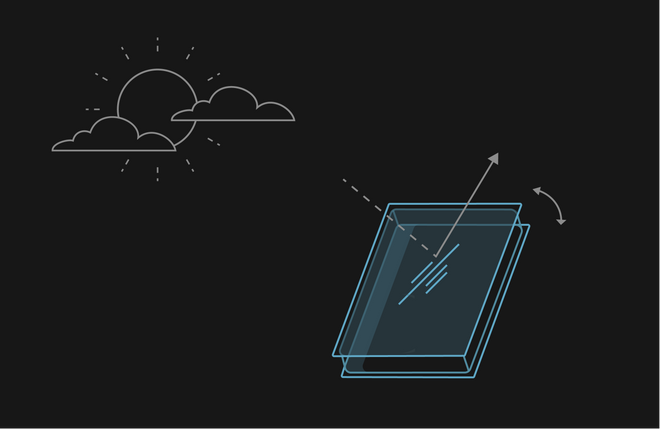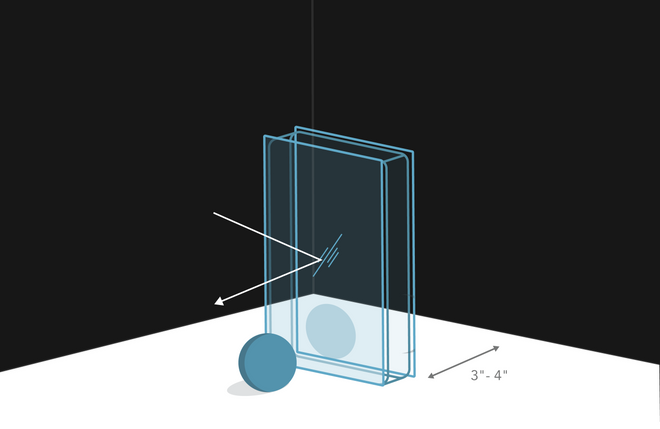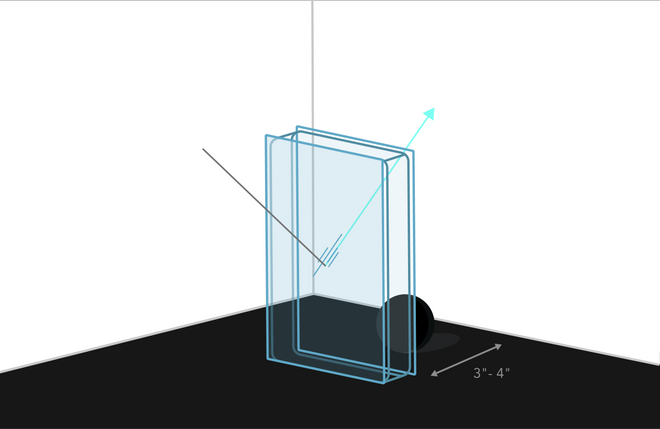World changing design starts with a sample
Help me select
Low-iron glass eliminates the green cast that is common with clear glass and can be used as a substitute for clear glass as well as for other more specialized applications.
Our low-iron glass family includes Starphire Ultra-Clear® Glass for unsurpassed transparency and Acuity™ Low-Iron Glass as an affordable option.
Low-emissivity (low-e) glass coatings were developed to minimize the amount of ultraviolet and infrared light that can pass through glass without compromising the amount of visible light that is transmitted. A microscopically thin transparent coating allows low-e glass to reflect exterior heat in warm temperatures and hold in heat during cold temperatures, making buildings light, bright and energy-efficient.
Vitro Architectural Glass offers two types of low-e coated glass: Solarban® solar control low-e and Sungate® passive low-e glass.
Vitro Architectural Glass produces a range of products ideal for interiors, decorative glass, spandrel glass, and other special glass applications. Get in touch to learn about these special applications and explore our products made possible by our Alliance Partner program.
Not finding what you're looking for, contact your local rep.

View the sample vertically or at a slight angle under natural lighting. Evaluate angular color, viewing the sample from acute to obtuse angles. Try varying conditions to appreciate the different ways in which the glass behaves (sunny, overcast, night time).
Tip: overcast conditions are best to determine the transmitted and reflected colors with the highest accuracy.

To observe the reflectance, find a black background and place the glass sample several inches away. Make sure the surface you are evaluating for reflectance is facing you.
Tip: place an object in front of the glass sample to appreciate the reflectance of the object on the glass.

To evaluate the transmitted color and light, find a white background and place the sample several inches away.
Tip: place an object behind the glass sample to appreciate how the glass color and light affect the object.







